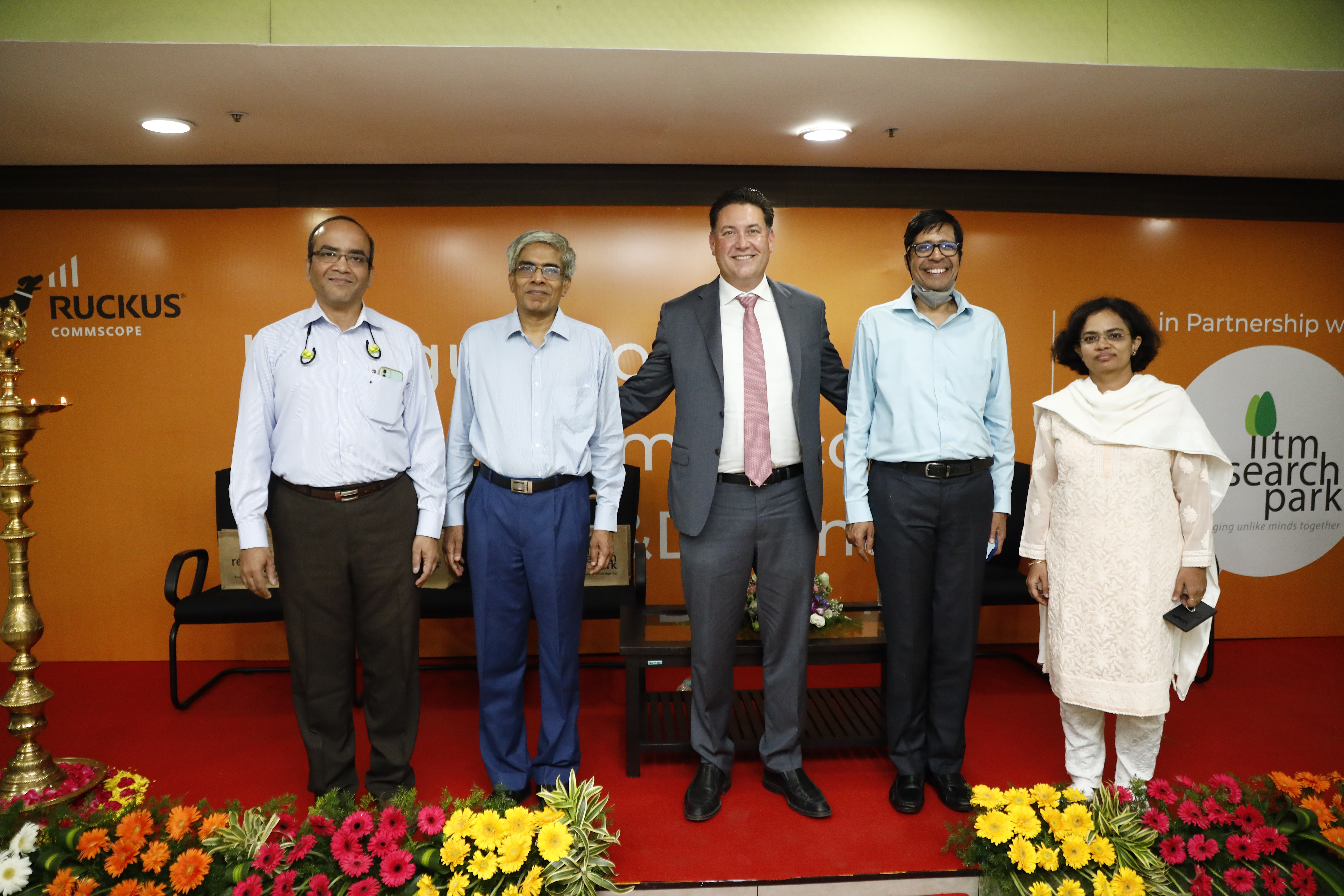 By: Sundar Sankaran, Chief Wireless Architect
By: Sundar Sankaran, Chief Wireless Architect
Celebrating 25 Years of IEEE 802.11
September 2015 marked the 25th anniversary of IEEE 802.11, commonly referred to as Wi-Fi. Over these 25 years, Wi-Fi has ascended from a technology that enabled computers to wirelessly transfer data at 2 Mbps to winning a spot in Maslow’s pyramid as the most basic human need. IEEE 802.11 got here, as Lewis Carroll suggested, by running twice as fast. The standard has continuously advanced itself by introducing amendments, such as 802.11n, 802.11ac and 802.11ax. These amendments support higher data rates to meet ever-increasing application demands through the adoption of higher-order modulation schemes such as 64-, 256-, and 1024-QAM, by supporting channel bonding up to 160 MHz and by employing MIMO techniques to transmit multiple streams to single client. In addition to increasing the peak data rate, efforts have been made to improve the spectral efficiency, which characterizes how well the system uses the available spectrum (how many bits of data can be pumped per second in 1 Hz of spectrum). Multi-user techniques such as MU-MIMO and OFDMA have been introduced in 802.11ac and 802.11ax to improve spectral efficiency and network capacity. The following table summarizes the key ingredients of various IEEE 802.11 amendments ranging from 802.11b to the recently ratified 802.11ac to the upcoming 802.11ax. As evident from this table, peak PHY data rate supported by IEEE 802.11 has gone up by a factor of 5000, and spectral efficiency has improved by a factor of 625. Enhancements like this have enabled Wi-Fi to become one of the basic needs of life on par with water, air and fire.













